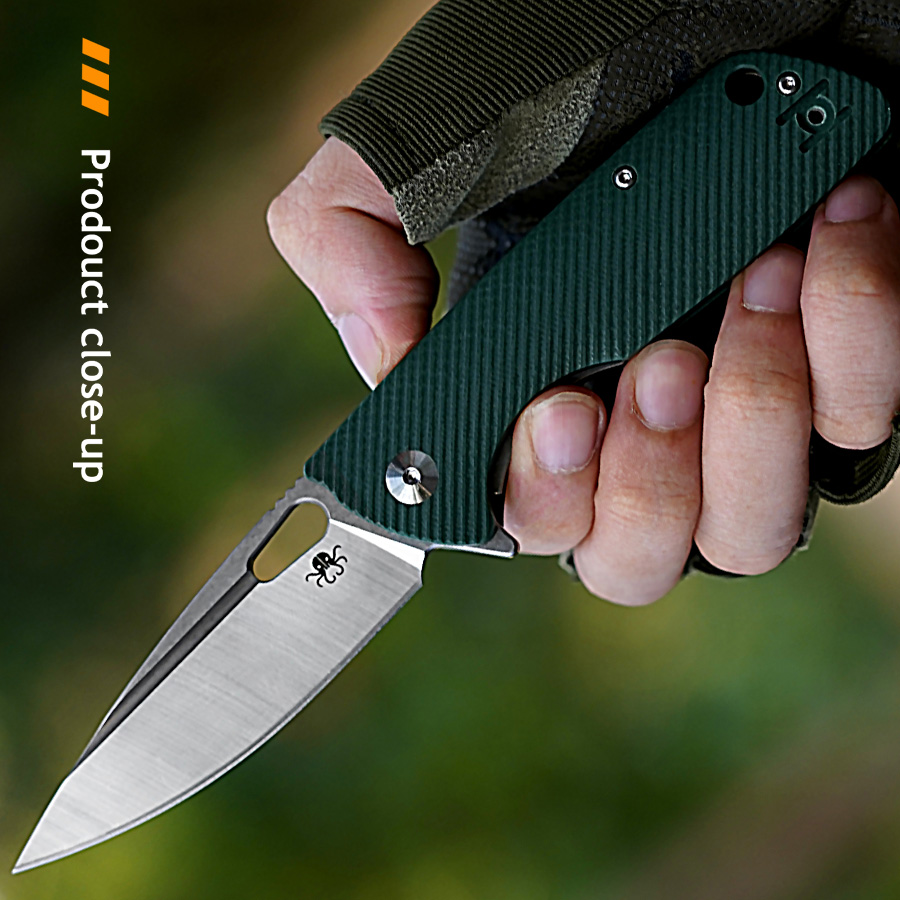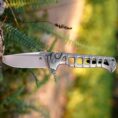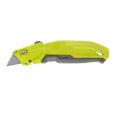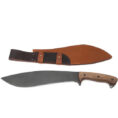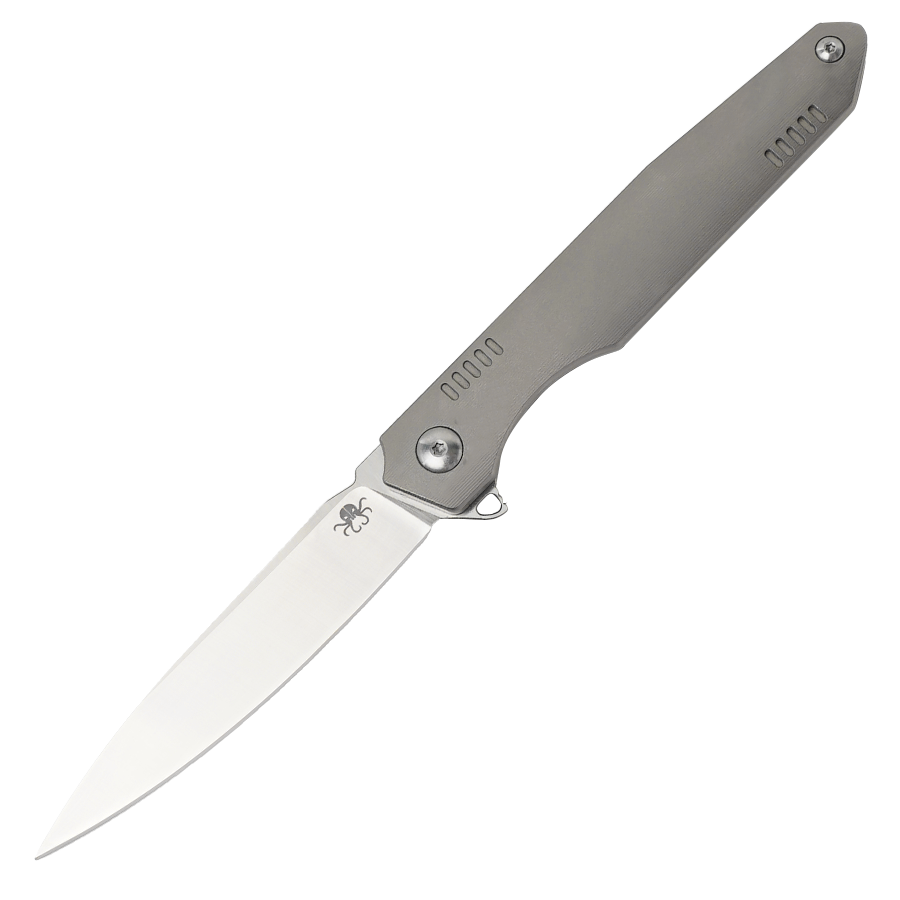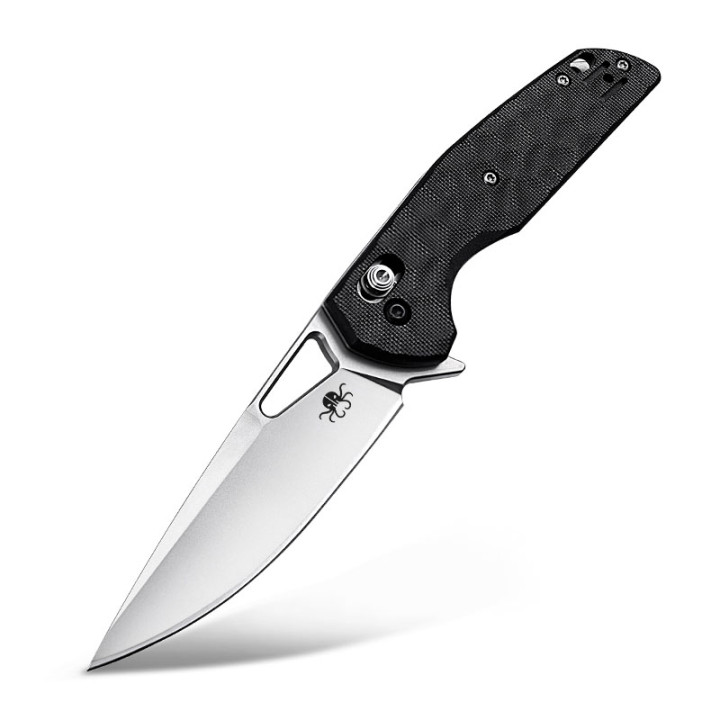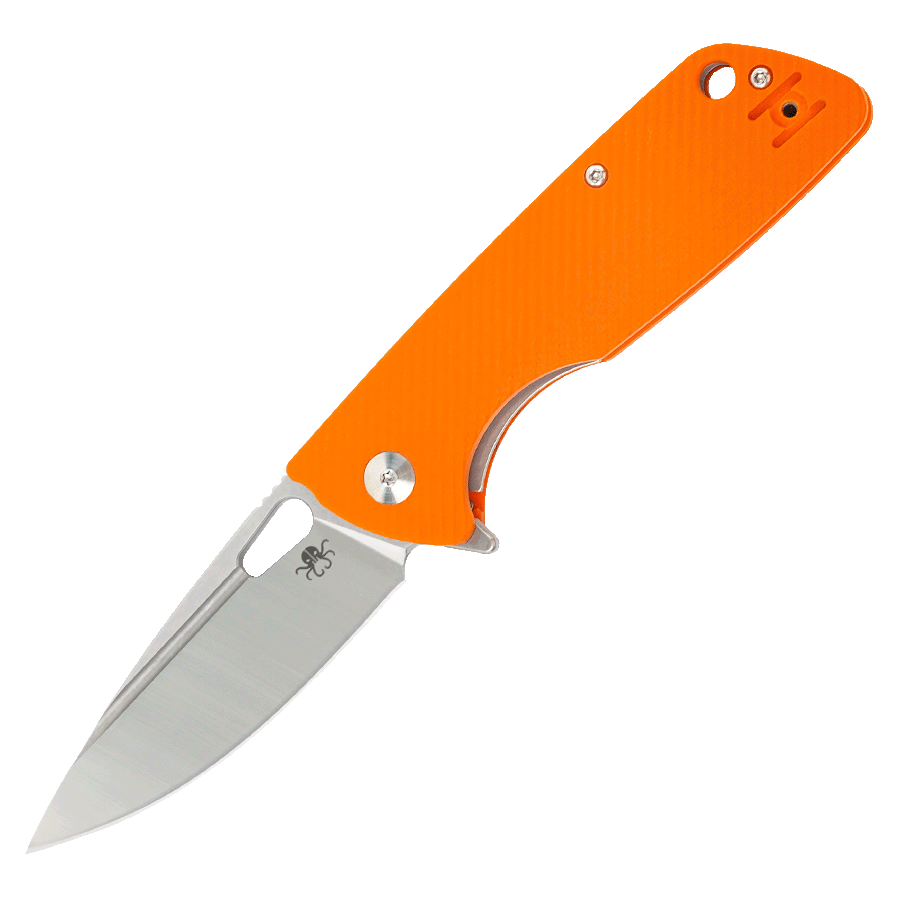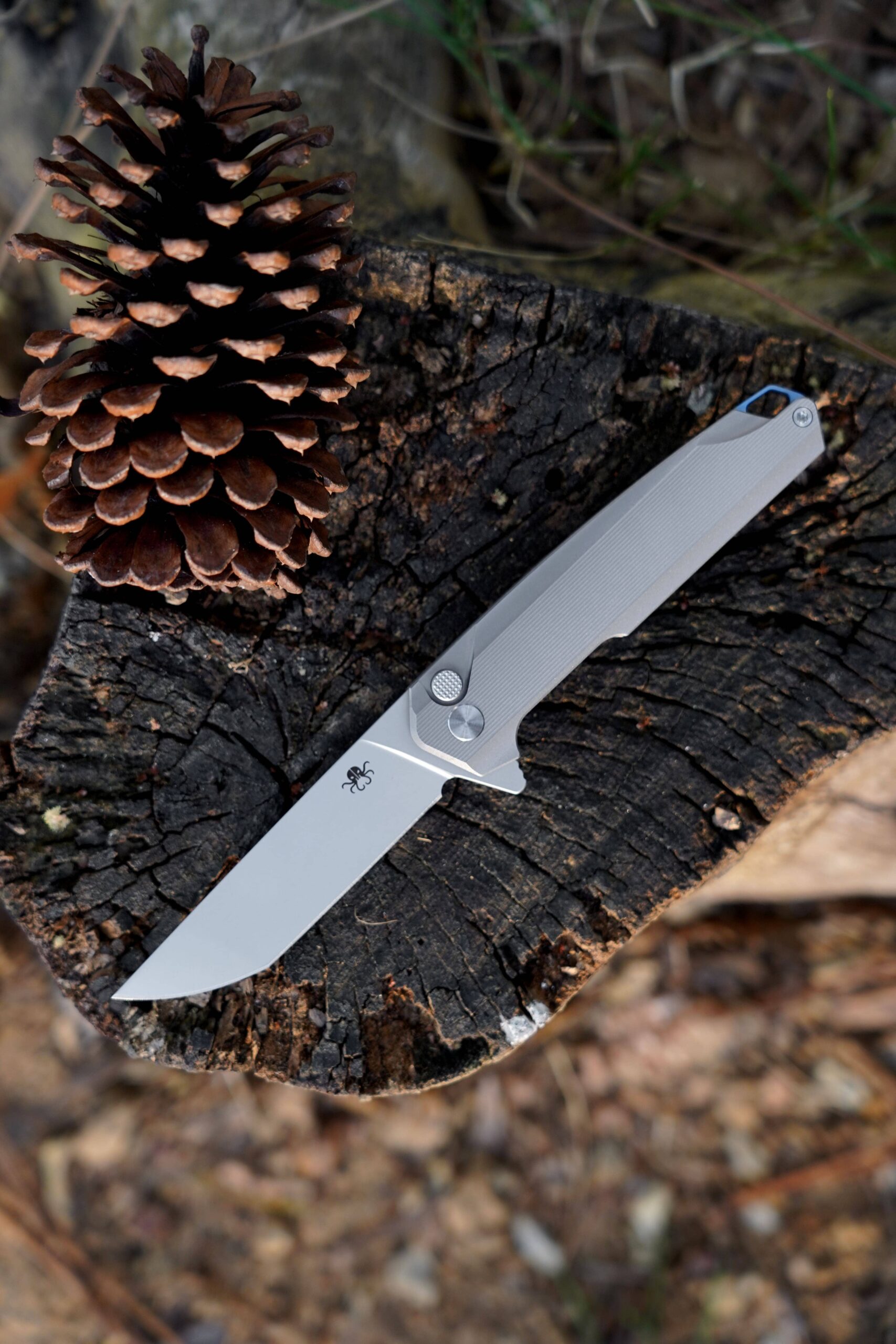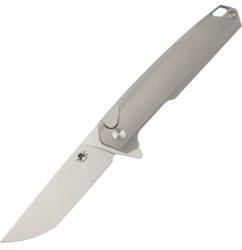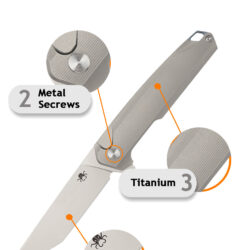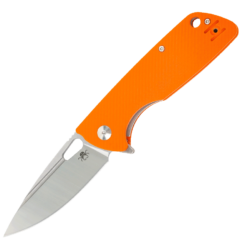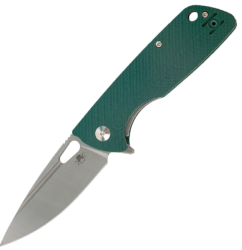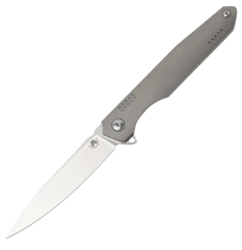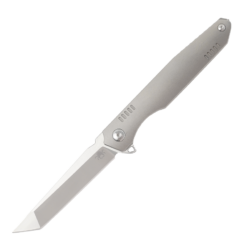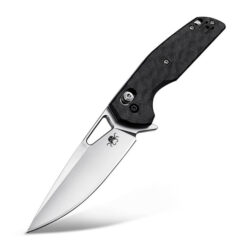Emergency & Rescue Uses: Break glass, cut seatbelts – knives for critical moments.
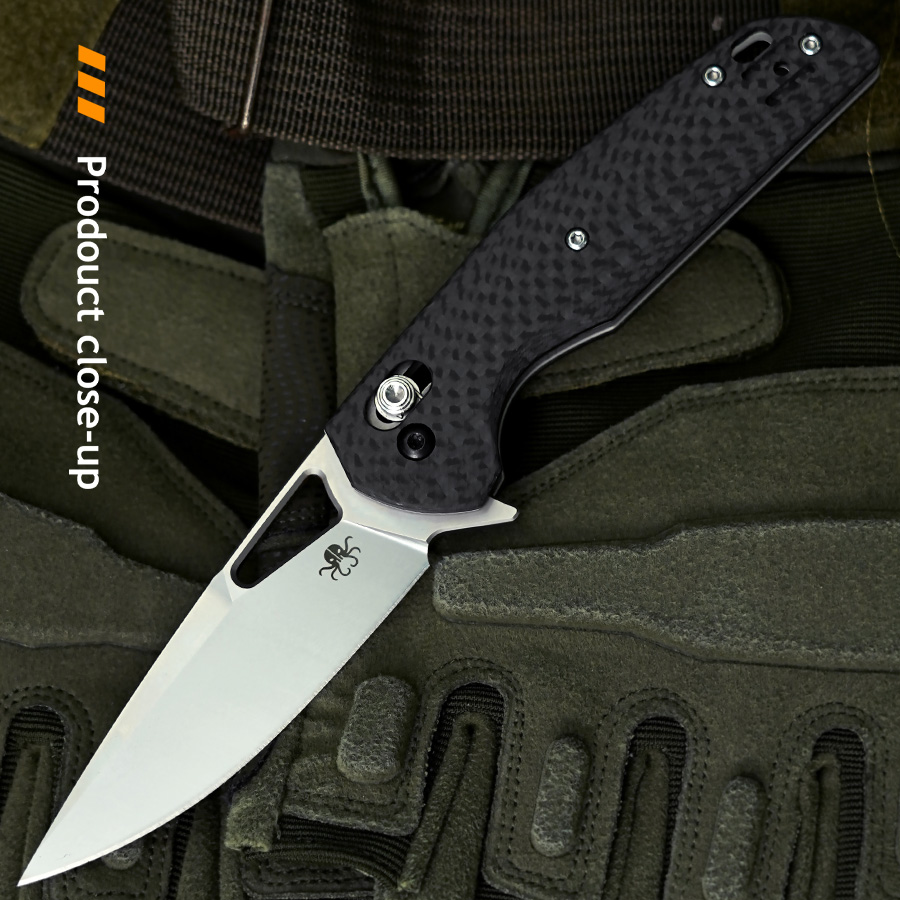
Emergencies can strike without warning, and when they do, having the right tools at your disposal can make the difference between life and death. Whether it’s a car accident, a natural disaster, or a personal crisis, the need for effective emergency tools is undeniable. Among these tools, knives specifically designed for emergency and rescue situations play a critical role. These knives are engineered to perform essential tasks quickly and efficiently, such as breaking glass, cutting seatbelts, and assisting in other rescue operations.
In this article, we will explore the significant role these knives play in critical moments, examine the various features that make them indispensable, and discuss why every vehicle, first responder kit, and survival pack should include an emergency knife. By understanding the power of these tools and how they can save lives, individuals can better prepare themselves to respond effectively when disaster strikes.
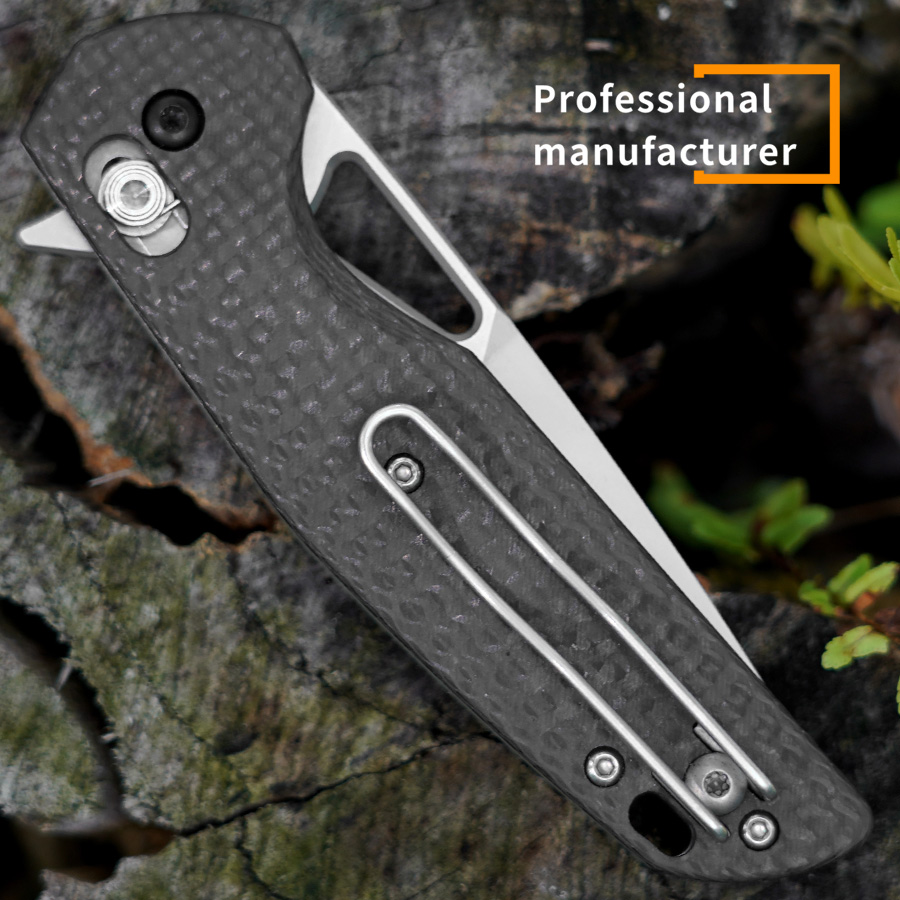
1. Importance of Emergency Tools in Critical Moments
In an emergency, time is often the most crucial factor. According to experts, every second counts, and the right tool can help minimize risks, improve survival chances, and increase the likelihood of a successful rescue. Whether it’s a car accident where you need to cut through a seatbelt quickly, or a building collapse where breaking a window is necessary to escape, emergency tools are designed to handle the unique demands of these high-pressure moments.

Emergencies can be chaotic and unpredictable, but one thing that remains constant is the need for rapid action. The faster you can assess the situation and use the correct tools, the better the outcome will likely be. For example, in a vehicle crash, seatbelts are designed to save lives by restraining passengers, but in the event of a fire or submersion, they become a danger. A knife with a seatbelt cutter can slice through the seatbelt in seconds, freeing the person trapped. Similarly, a glass breaker on a knife can shatter car windows, allowing for a quick escape. These tools empower individuals to take action quickly, even when every second counts.
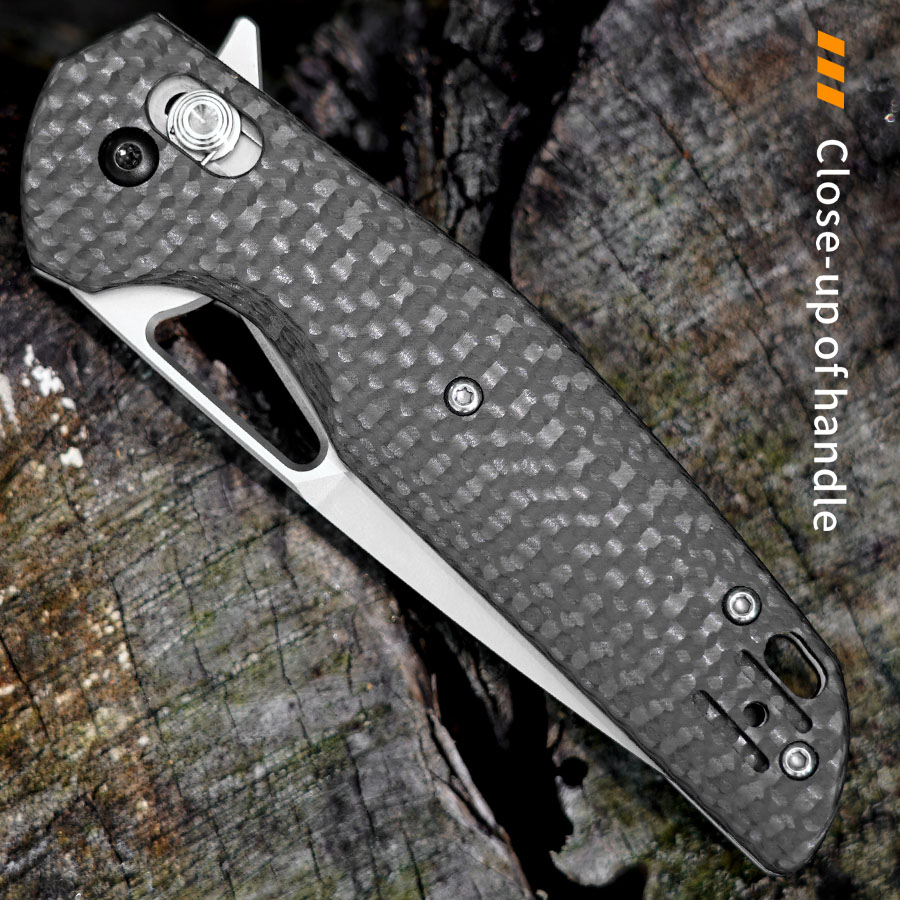
2. Focus on Knives Designed for Emergency and Rescue Uses
When it comes to emergency tools, knives stand out as some of the most versatile and essential items. A good emergency knife is not just a blade for cutting; it is a multi-functional tool that is designed to address the specific challenges encountered in rescue operations. In addition to the sharp blade, knives used in rescue situations often include features such as seatbelt cutters, glass breakers, and fire-starting tools, making them indispensable in a variety of scenarios.
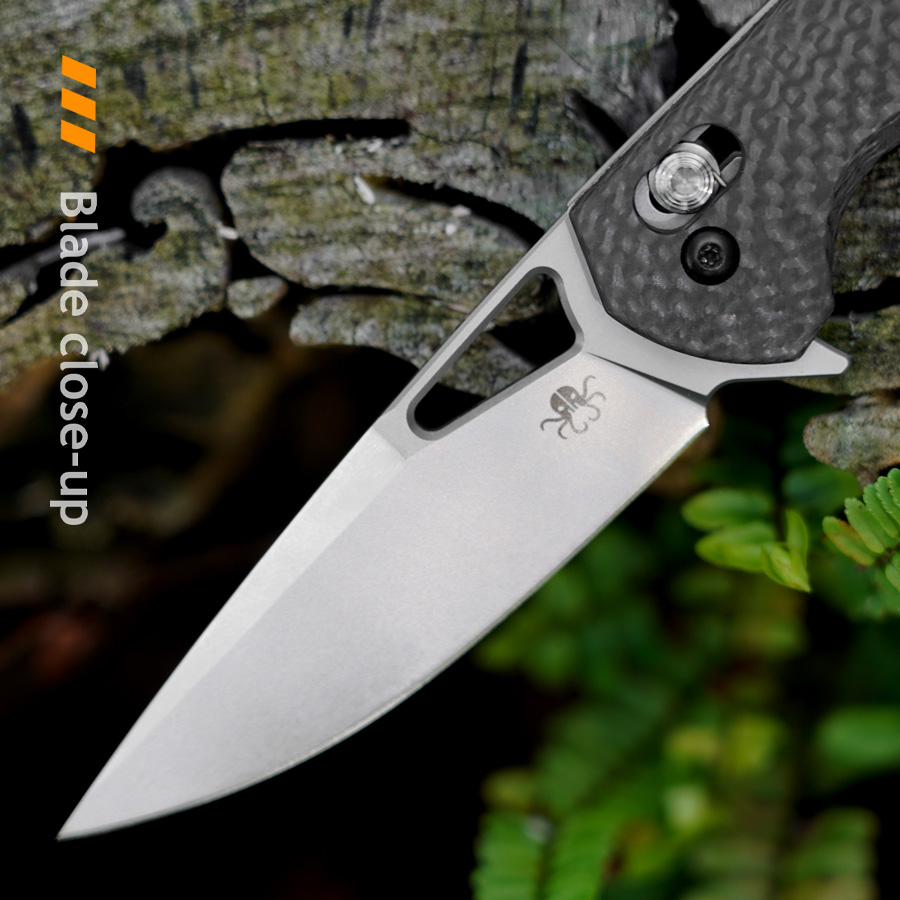
For instance, emergency knives with a seatbelt cutter feature are specifically designed to cut through the tough, resistant fabric of seatbelts. Traditional knives are often too thick or dull to handle this task effectively, which is why a specialized seatbelt cutter has a thin, sharp blade designed for quick, effortless slicing. Similarly, knives with a built-in glass breaker have a hardened steel tip that allows the user to break through glass windows with minimal effort. This is particularly critical in a car accident, where breaking a window can mean the difference between escape and entrapment.
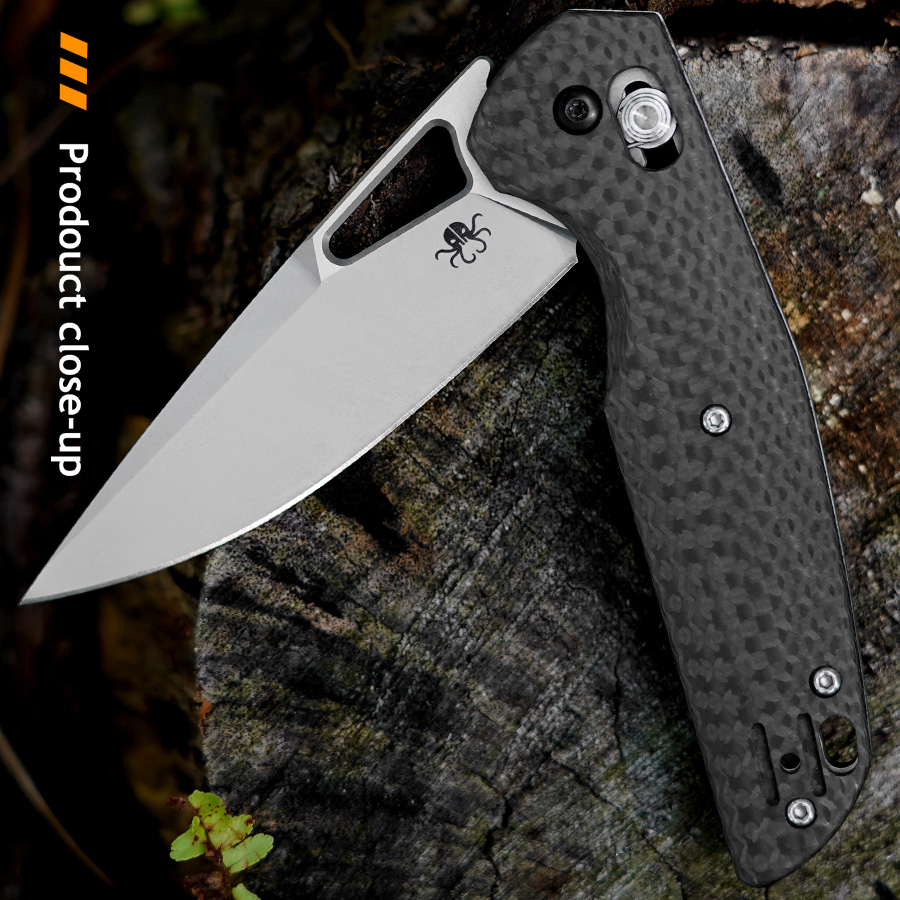
Furthermore, the ergonomic design of these knives plays a crucial role in ensuring they can be used in high-pressure situations. Emergency knives are often designed to be gripped easily, even when the user’s hands are slippery or covered in blood. The blade is frequently designed with an anti-slip coating or textured handle to reduce the risk of accidents while using the tool in challenging conditions. Whether in the wet or cold, emergency knives are crafted to ensure that users can rely on them to perform critical tasks when they are needed most.
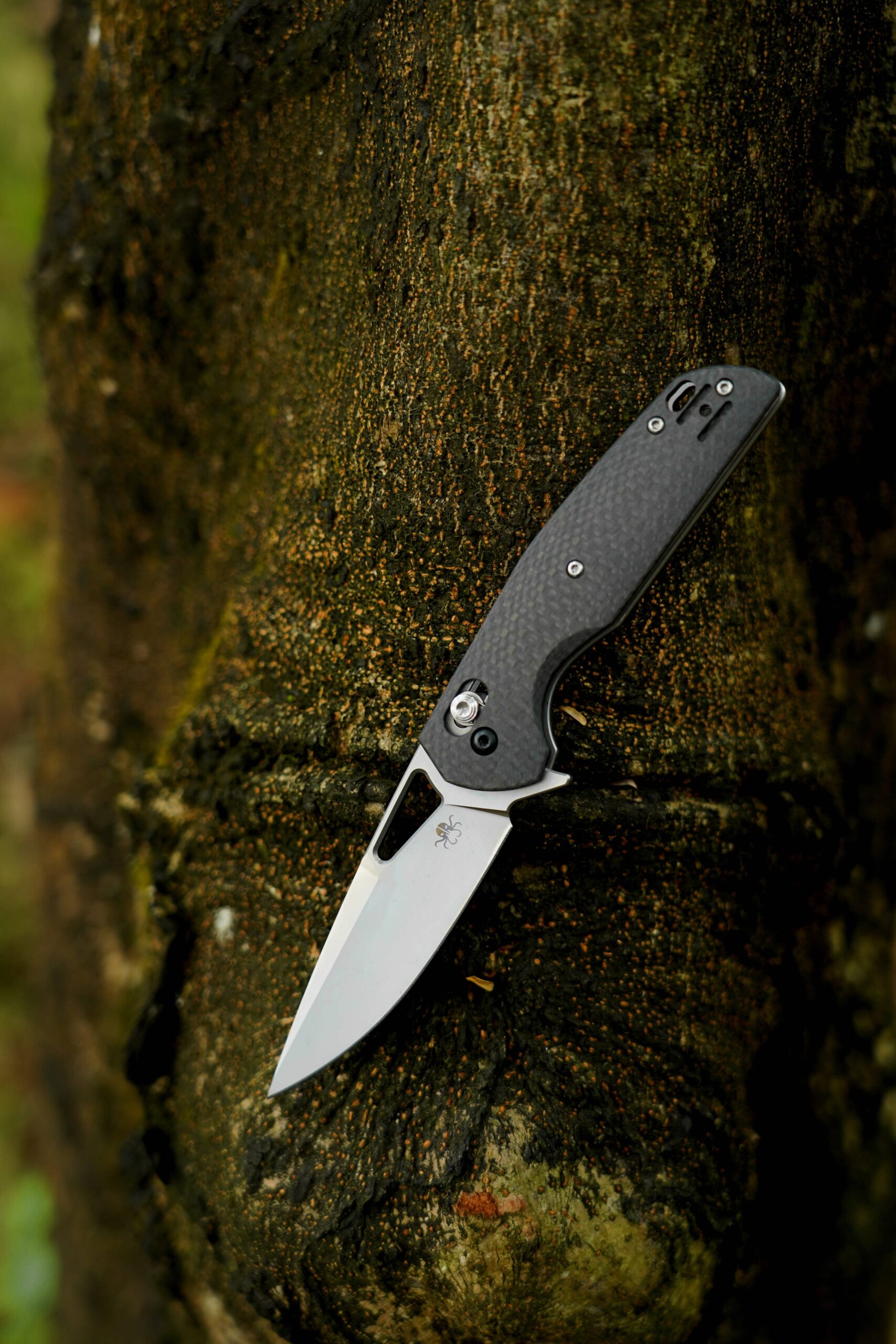
In addition to the physical features, emergency knives are often designed to be compact and portable. They can be easily carried in a glove compartment, emergency kit, or on the user’s body as part of a survival setup. Their lightweight design ensures that they can be deployed quickly, without the hassle of searching for the right tool in a stressful situation. These knives are engineered with the user’s needs in mind—every detail is optimized for efficiency, reliability, and ease of use.
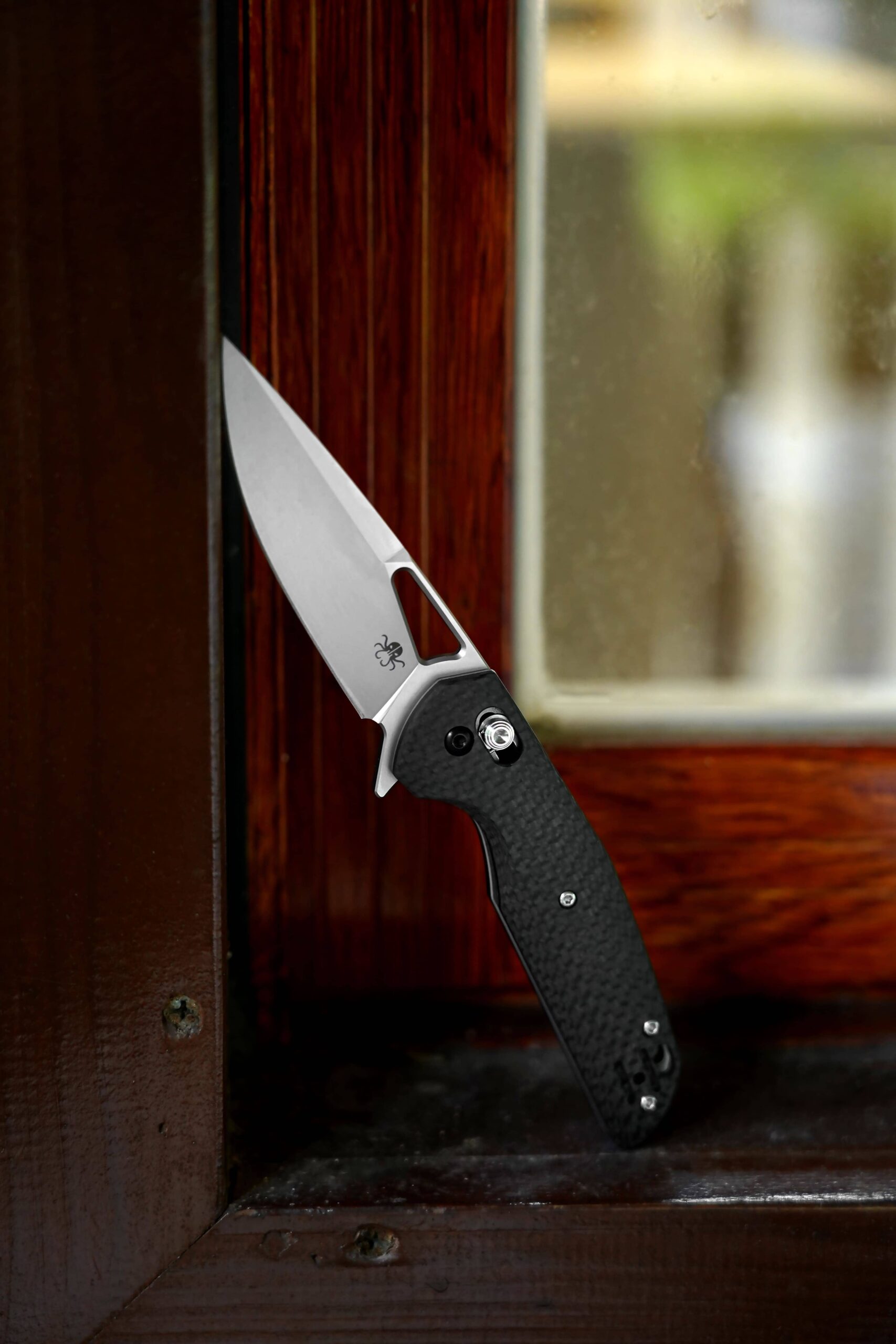
3. Overview of the Article
This article aims to provide a comprehensive overview of emergency knives, examining their importance, design features, and specific functions that make them essential for rescue operations and personal safety. We will begin by delving into the role of knives in rescue scenarios, highlighting how these tools can assist in critical moments where quick, precise action is needed. From breaking glass to cutting seatbelts, emergency knives are designed to handle the most challenging aspects of a rescue operation.
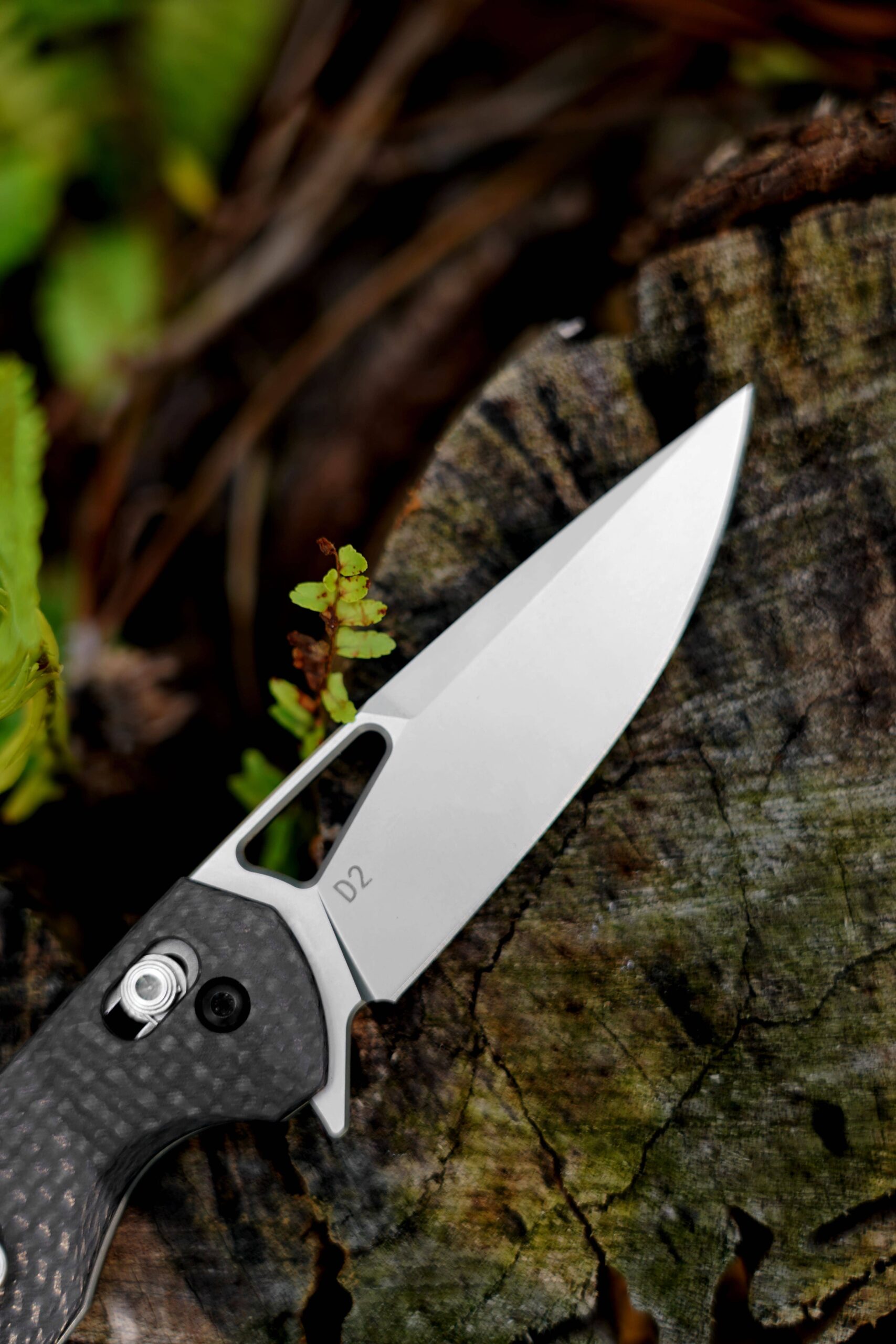
Next, we will explore the key features of emergency knives, such as their blade materials, ergonomics, and special tools like seatbelt cutters and glass breakers. These features are critical to the knife’s performance and determine how effectively the tool can be used in various emergencies. We’ll also discuss how these knives are built for durability and reliability, ensuring they function properly in high-stress and extreme conditions.
In addition to discussing the design and functionality, we will examine the historical development of emergency knives and how modern technological advancements have enhanced their performance. The evolution of materials, blade designs, and multi-tool capabilities has significantly improved the utility of rescue knives.
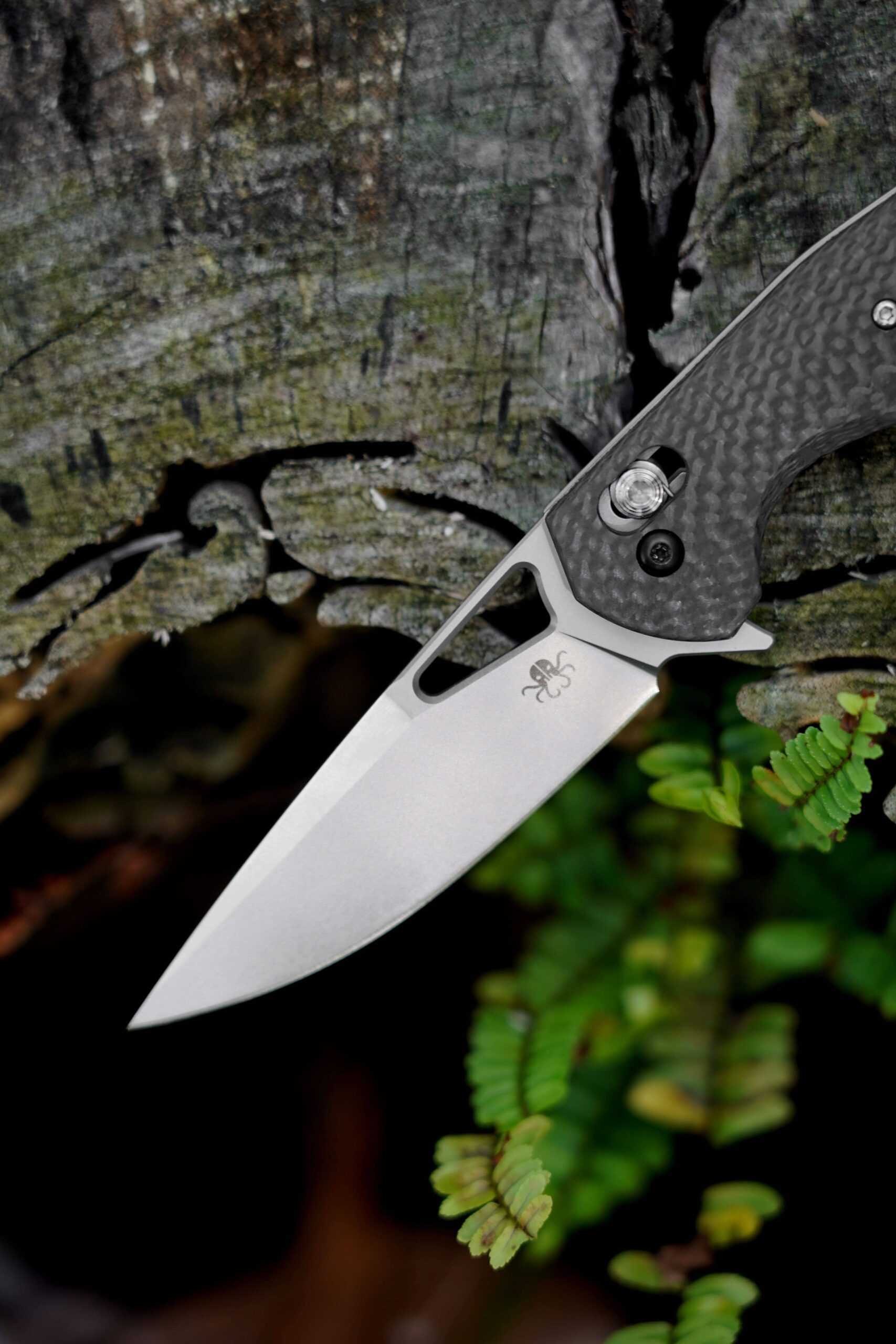
Next, we will explore the key features of emergency knives, such as their blade materials, ergonomics, and special tools like seatbelt cutters and glass breakers. These features are critical to the knife’s performance and determine how effectively the tool can be used in various emergencies. We’ll also discuss how these knives are built for durability and reliability, ensuring they function properly in high-stress and extreme conditions.
In addition to discussing the design and functionality, we will examine the historical development of emergency knives and how modern technological advancements have enhanced their performance. The evolution of materials, blade designs, and multi-tool capabilities has significantly improved the utility of rescue knives.

The article will also guide readers on choosing the right emergency knife, considering factors like blade length, handle design, and portability. It will include tips on training and using emergency knives effectively and maintaining them to ensure they remain in top condition when needed.
Finally, the article will conclude by emphasizing the importance of preparedness and encouraging readers to invest in quality emergency knives for their safety and peace of mind. Whether you’re a first responder, a motorist, or someone who values being ready for any emergency, this article will provide you with valuable insights into why an emergency knife is a must-have tool.
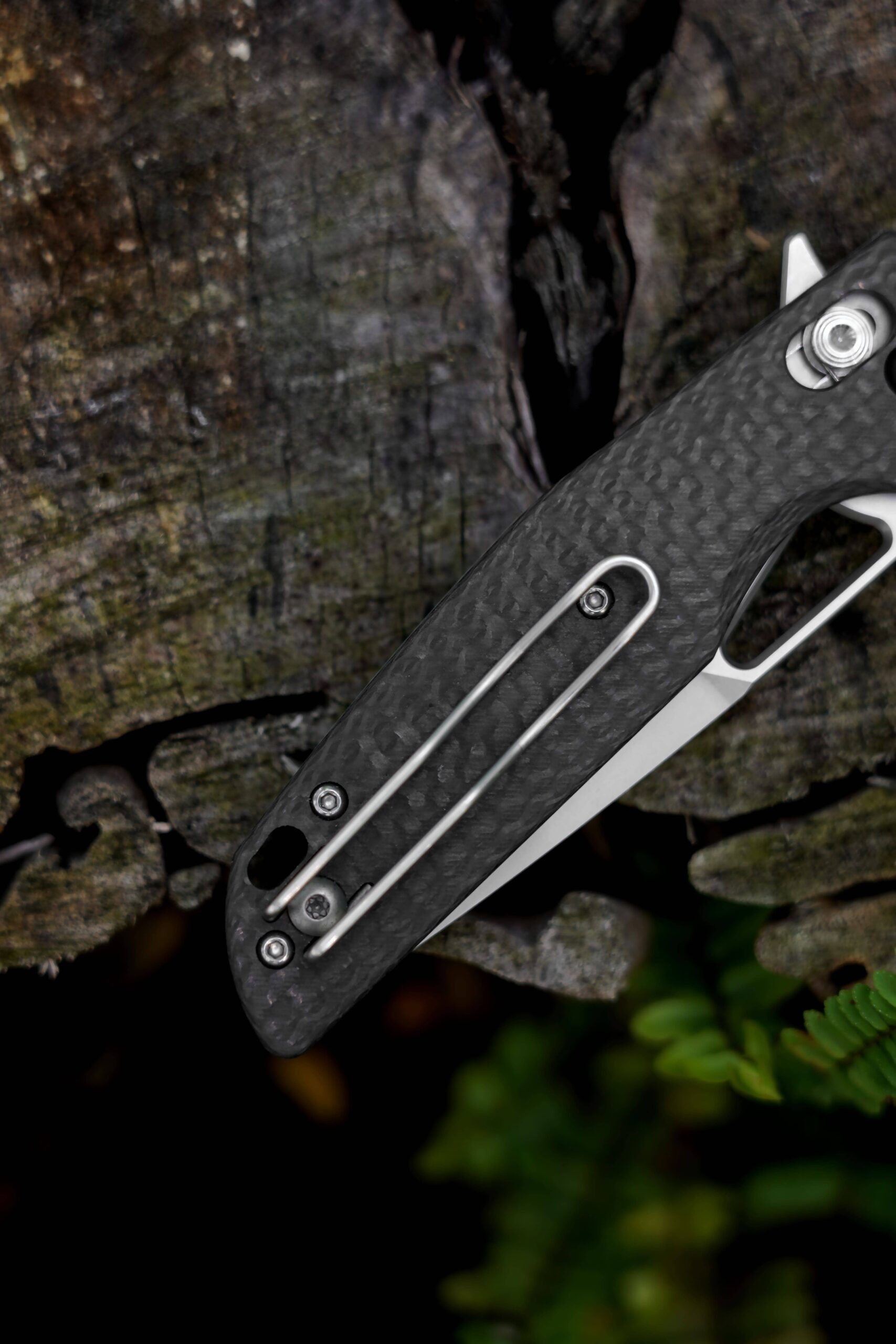
4. The Role of Emergency Knives in Rescue Operations
Emergency knives play a pivotal role in rescue operations, whether they're conducted by first responders, military personnel, or civilian bystanders in a critical situation. These knives are designed not only to cut through materials like ropes, fabrics, and seatbelts, but also to assist in saving lives during the most harrowing situations. In rescue scenarios, an emergency knife can make the difference between life and death by enabling rescuers to perform a wide array of tasks with precision and speed.
For first responders such as paramedics, firefighters, and search-and-rescue teams, having a knife that can handle a variety of tasks is essential. For example, firefighters often need to cut through seatbelts to extricate people from vehicles after accidents. Emergency knives equipped with seatbelt cutters can easily slice through tough belts, which could otherwise delay a rescue. Additionally, in cases of vehicle accidents where the car doors are jammed or there is broken glass, an emergency knife with a glass-breaking function can be invaluable for creating an escape route or gaining access to a trapped individual.
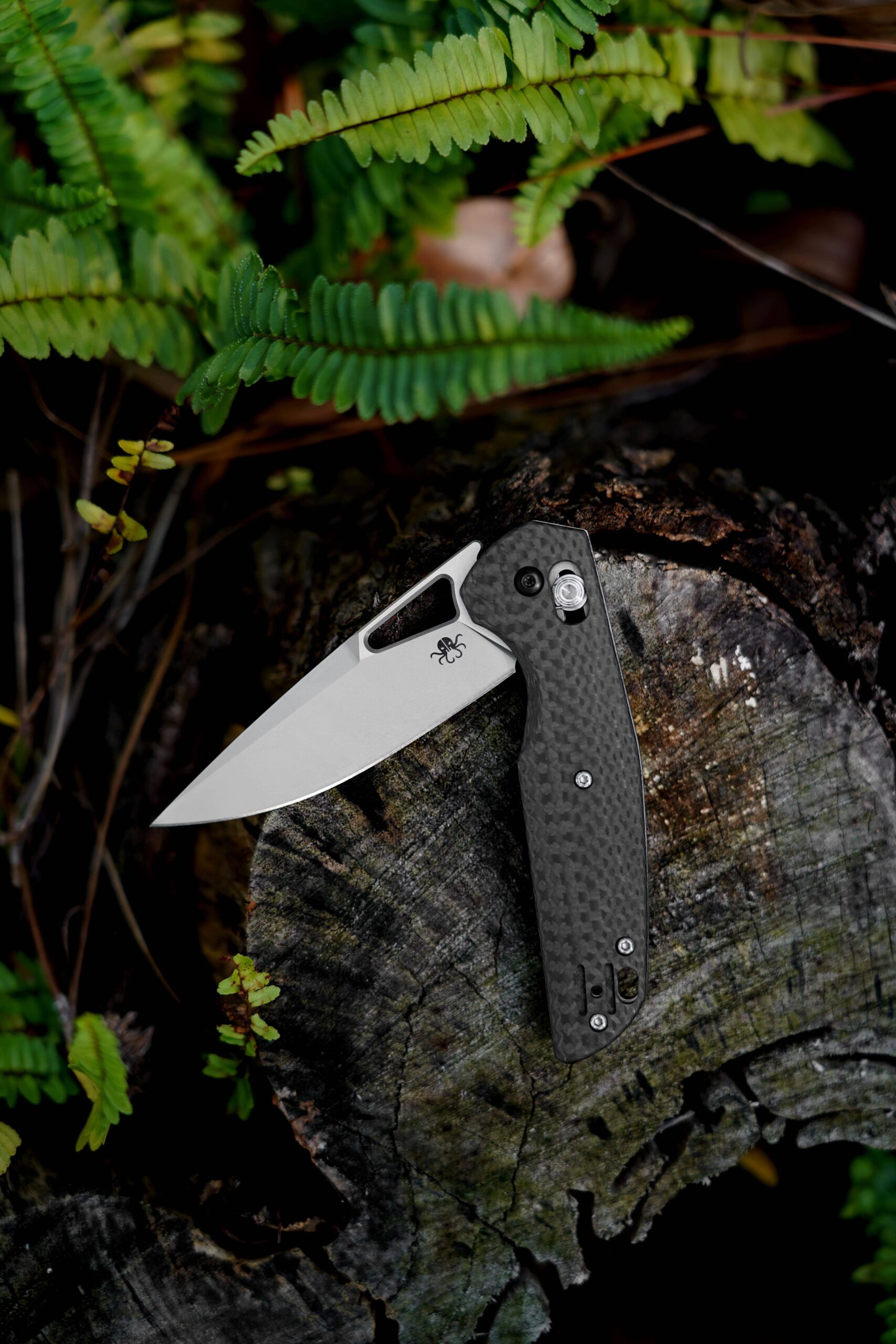
Beyond vehicle extrication, emergency knives are also frequently used in natural disasters, where people might be trapped under debris. The versatility of these knives allows rescuers to cut through wood, metal, or plastic materials to access those in need. Rescue knives can be outfitted with tools such as saw blades or other cutting edges, which come in handy in situations where other tools might be too bulky or ineffective. Knives with multi-tool capabilities allow rescuers to quickly adapt to various rescue situations without the need to carry a large number of different tools.
Another important role of emergency knives in rescue operations is their ability to assist in basic medical procedures. In many cases, paramedics or first responders need to cut through clothing to treat injuries. An emergency knife with a sharp, well-designed blade can easily cut through clothes or bandages to access the area of injury. This can save critical time, especially when every moment matters in a life-or-death situation.
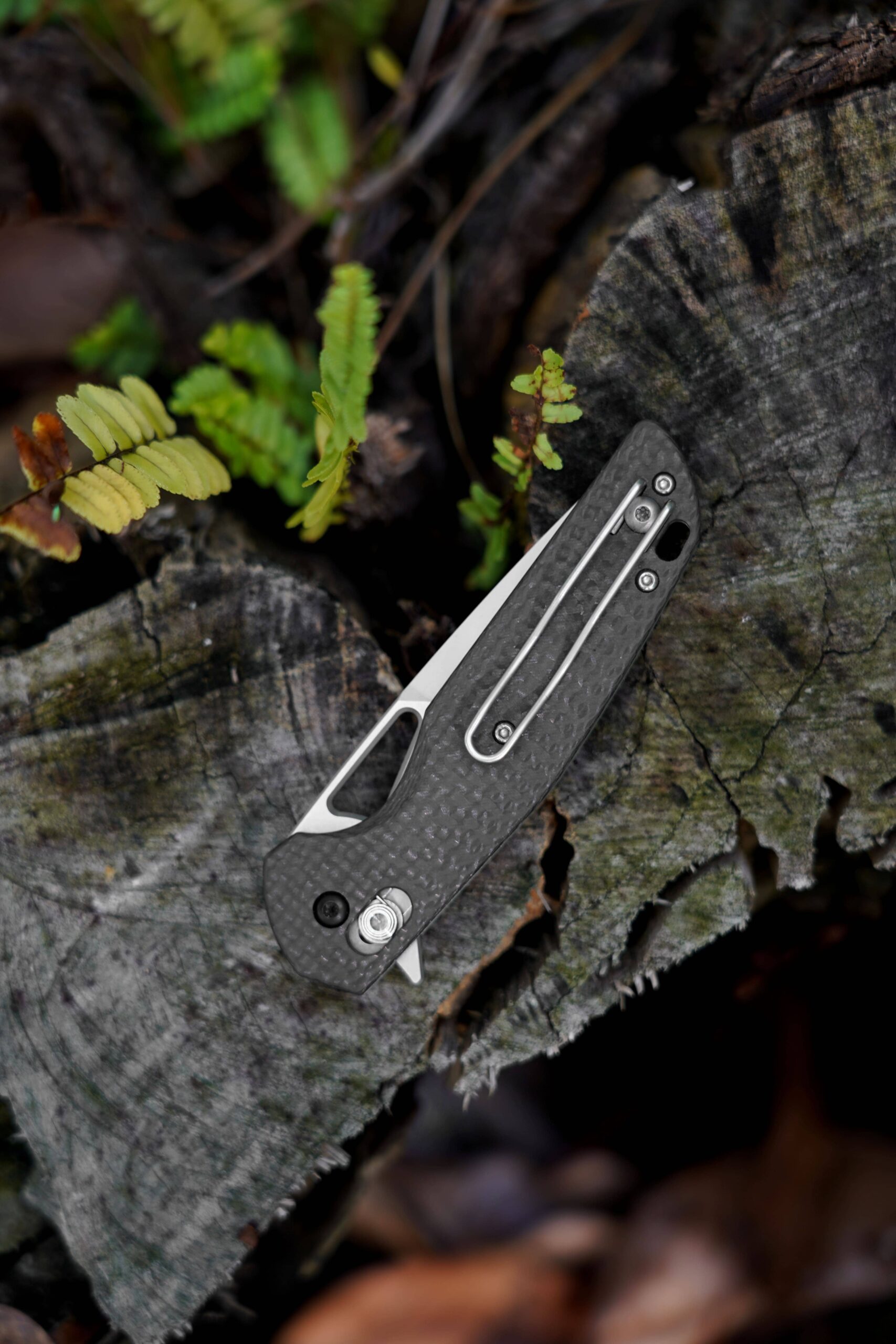
The design of emergency knives is also crucial for their effectiveness in high-stress situations. Many emergency knives are made with ergonomic handles that are designed for quick, secure use. These knives often have features that make them easy to grip, even when the user’s hands are wet, covered in blood, or injured. The handles are often made from non-slip materials, ensuring the user has a firm hold, even in chaotic or slippery conditions.
Furthermore, emergency knives are designed to be compact and easy to carry. They often come in foldable designs that can be conveniently stored in a pocket, glove compartment, or tool kit. This portability ensures that a person has quick access to the knife when they need it the most, without having to waste precious time searching for it.
Real-life examples of emergencies where knives have played a crucial role in saving lives are numerous. There are countless reports of accidents where individuals were trapped in vehicles, but thanks to quick-thinking individuals with emergency knives, they were able to escape or be rescued. The importance of having such a tool readily available cannot be overstated—these knives are designed to give users the means to act decisively when every second counts.
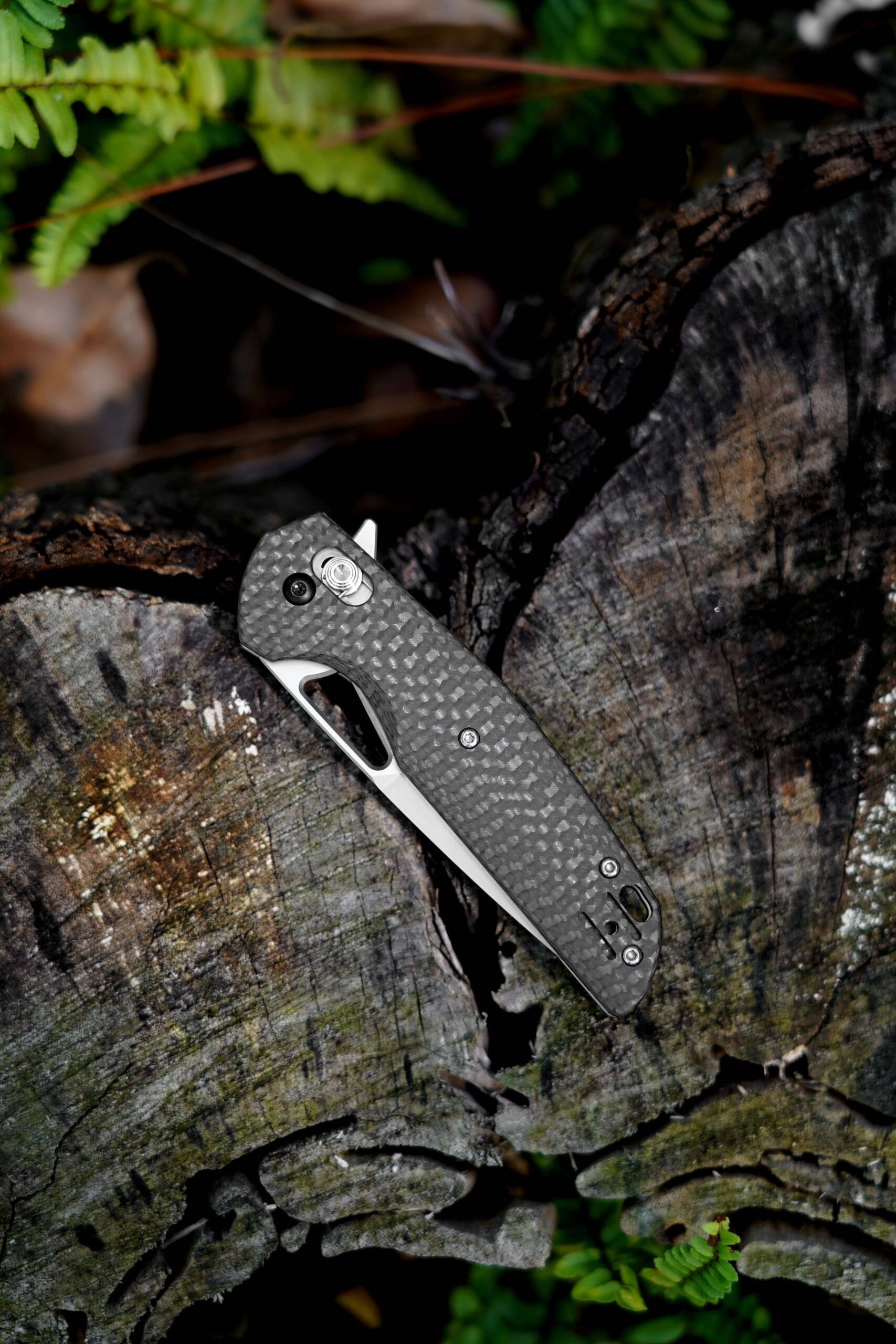
6. Key Features of Emergency Rescue Knives
Emergency rescue knives are specifically designed to handle high-stakes situations. Their construction includes various features that distinguish them from regular knives, ensuring they perform efficiently and safely in emergency conditions. These features not only enhance their functionality but also contribute to their ease of use under stress.
The first key feature is the blade material and design. High-quality emergency knives typically use durable, corrosion-resistant steel such as stainless steel or carbon steel. These materials ensure that the knife remains sharp and effective even after prolonged exposure to harsh environments, such as wet, sandy, or salty conditions. A sharp, well-maintained blade is crucial for quickly and efficiently cutting through materials such as seatbelts, ropes, or clothing.
Another important feature of emergency knives is their ergonomic design. In a rescue situation, stress and anxiety can make it difficult to use tools effectively, so knives designed for these scenarios often have handles that provide a firm, comfortable grip. The handles are typically made from materials like rubber, G10, or textured plastic, which reduce the chance of slipping. Some knives are also designed with extra-large or gloved hands in mind, making them easier to use even in cold weather or when wearing gloves.
One of the standout features of emergency rescue knives is the inclusion of specific tools such as seatbelt cutters and glass breakers. Seatbelt cutters are typically located at the base of the blade or as a separate tool entirely. These cutters are designed with a very sharp, yet thin edge that allows for fast and effective cutting through seatbelt fabric, which can often be difficult to slice through with a regular knife. Glass breakers are another common feature, especially in knives designed for use in vehicles. These breakers are typically made from hardened steel and feature a pointed tip that can shatter a car window in a single strike, allowing for quick access to the trapped individual inside.
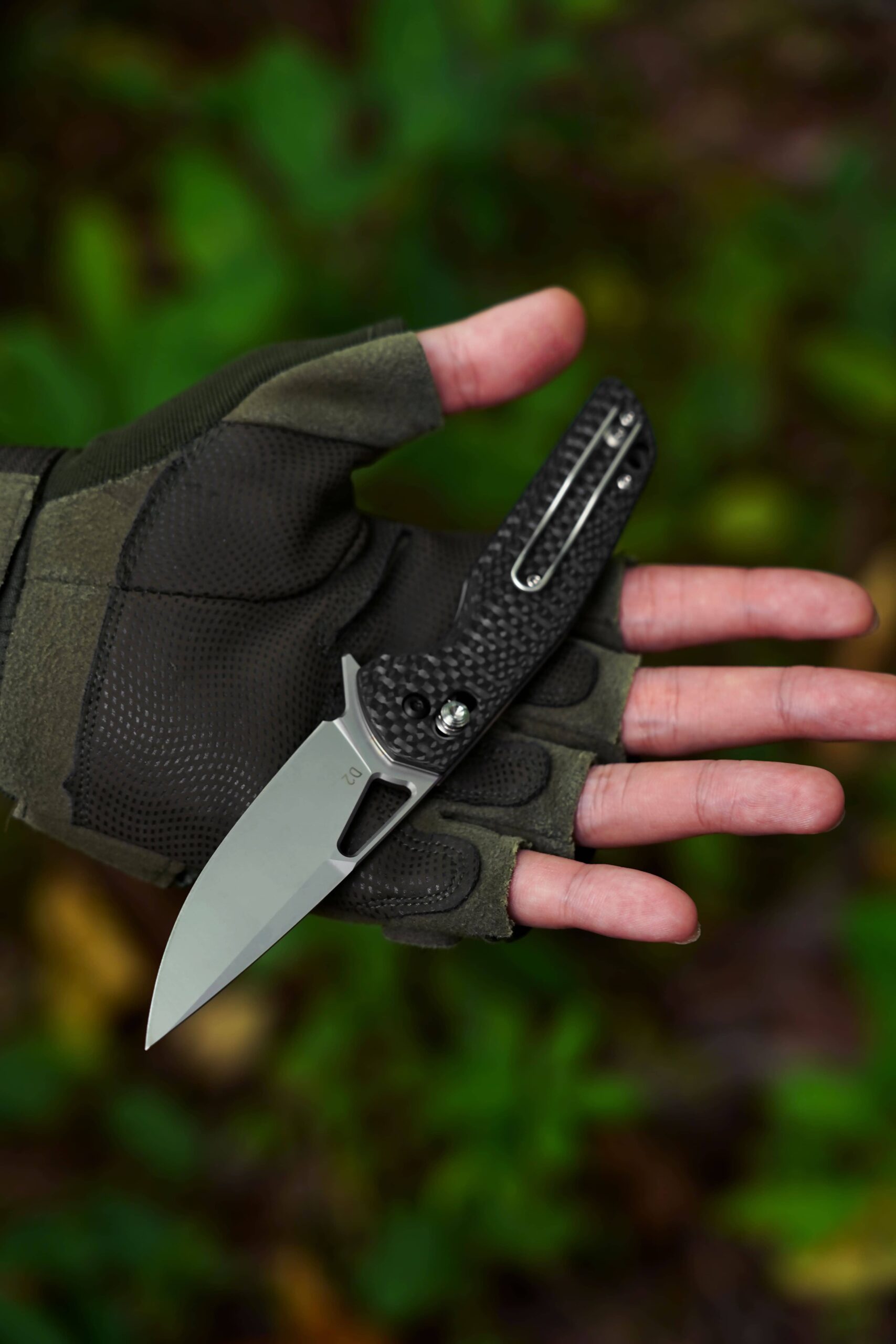
7. Glass Breakers: Breaking Through Barriers
Breaking glass is one of the most important functions an emergency knife can perform, particularly in vehicle accidents. When a person is trapped inside a car, the ability to break a window quickly can mean the difference between life and death. Emergency knives equipped with glass breakers are specially designed for this purpose, offering a quick and efficient way to shatter glass.
Glass breakers on emergency knives typically have a hardened steel or tungsten carbide tip that is specifically designed to create a small point of impact. This design ensures that the force is concentrated on a tiny area, making it easier to break the glass with minimal effort. The sharp tip allows users to strike the window with precision, breaking it in a single blow. This can be particularly useful when there is no time to waste in freeing a trapped person from a vehicle.
In addition to the glass breaker function, the handle of these knives is designed to ensure a secure grip, even in difficult or wet conditions. Whether the user is facing smoke, blood, or slippery surfaces, the ergonomic design of the knife helps ensure that they can break the glass effectively.
There are different types of glass breakers designed for varying situations. Some knives feature a blunt tip that can be used to break through windows, while others have a more specialized pointed tip to shatter safety glass with more precision. These tools are crucial in situations where speed and effectiveness are paramount.

8. Seatbelt Cutters: Life-saving Precision
Seatbelt cutters are another key feature of emergency knives. Seatbelts are designed to save lives in the event of an accident, but in some cases, they can become a barrier to survival. In car crashes, a seatbelt may trap a person inside the vehicle, preventing them from escaping or being rescued in a timely manner. Seatbelt cutters integrated into emergency knives are designed to provide a quick and effective way to free the individual from their restraint.
A seatbelt cutter is typically a small, yet very sharp, blade that is specifically shaped to slice through the tough, multi-layered material of seatbelts. Unlike a standard knife, which may struggle to cut through seatbelt fabric, seatbelt cutters are often made with a thin, sharp edge that allows them to slice through fabric with minimal force. This enables rescuers or bystanders to quickly free a person who might otherwise be trapped.
Seatbelt cutters are often built into the knife’s design, either on the side of the blade or as a separate tool altogether. Some knives feature a dual-function blade where one side is used for cutting and the other side is dedicated specifically to seatbelt cutting. This ensures that the user can perform the task with ease, without the risk of making a mistake or using the wrong side of the knife.
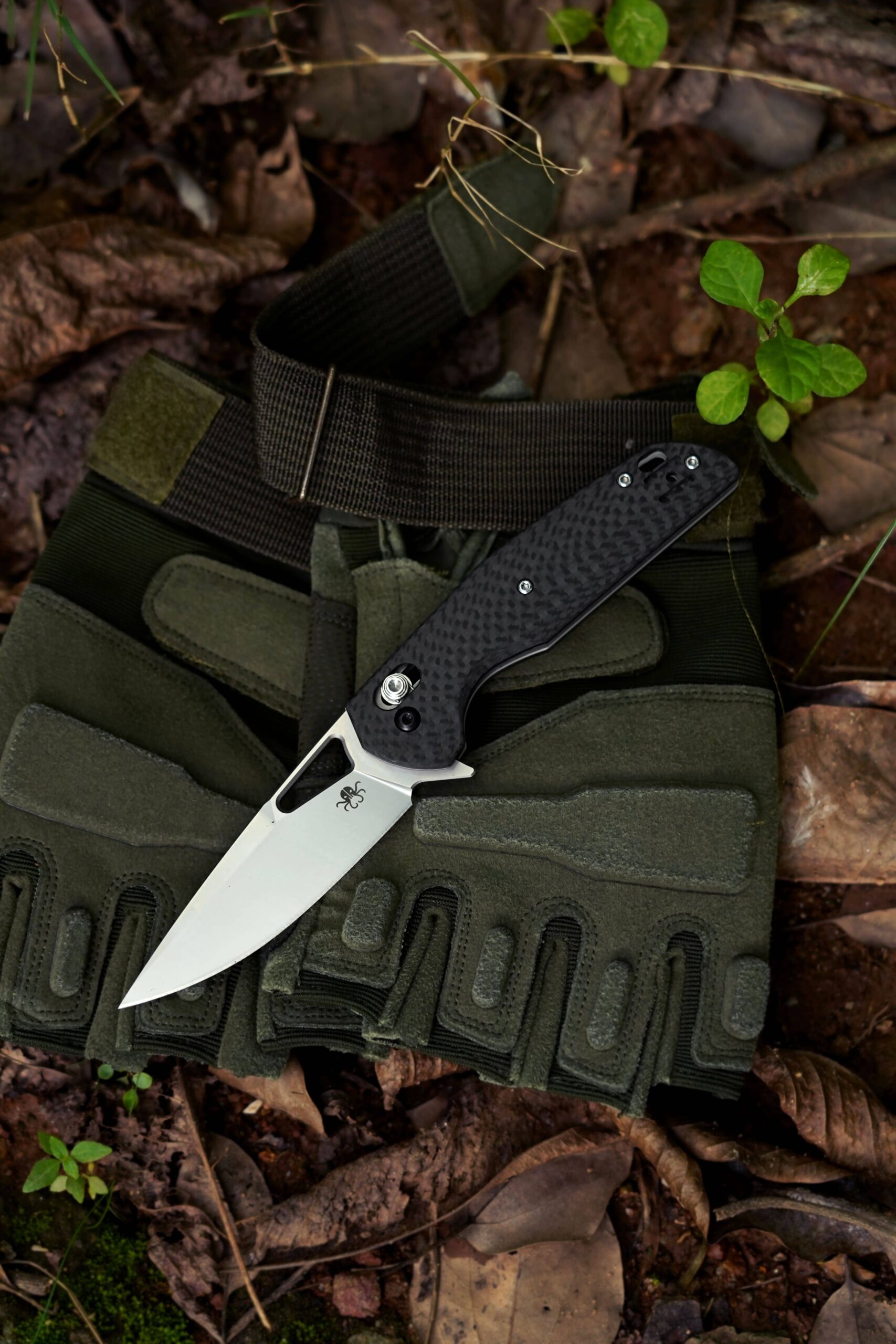
9. Other Emergency Functions of Rescue Knives
In addition to seatbelt cutters and glass breakers, modern emergency knives come with various other tools and features designed to improve their versatility and usefulness in critical situations. Many emergency knives include saw blades, which can be used to cut through wood, plastic, or metal in situations where a traditional blade might not be effective. These saw blades are often serrated to ensure that they can make clean, quick cuts through tough materials.
Additionally, many knives feature built-in tools for basic first aid, such as a hook for removing bandages or a magnifying glass to aid in starting fires. Multi-tool rescue knives often include screwdrivers, pliers, or tweezers, which can be crucial in situations that require more than just cutting. These versatile tools make the emergency knife an all-in-one solution, allowing rescuers to carry one compact item that can perform multiple functions.
Other important tools might include fire starters or emergency whistles, ensuring that individuals can not only escape dangerous situations but also signal for help in isolated areas.
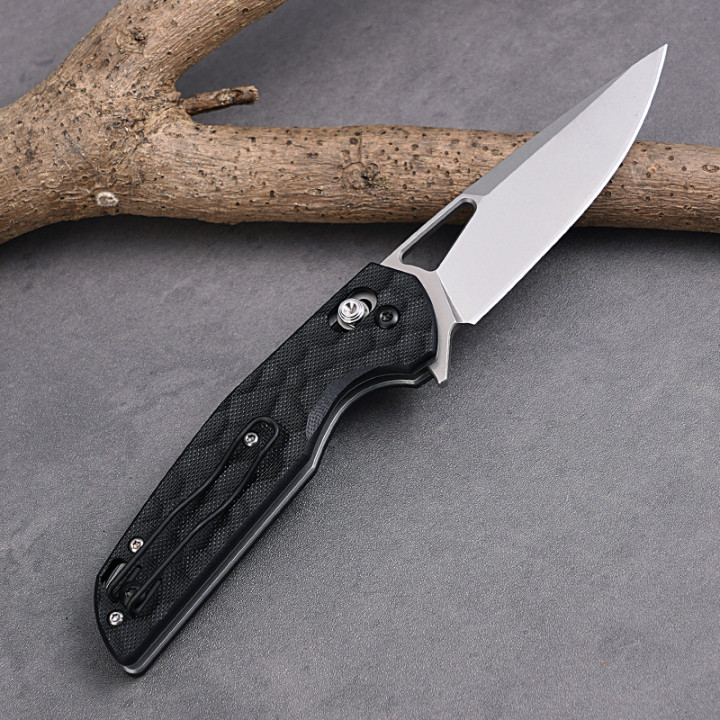
10. The Evolution of Emergency Rescue Knives
Emergency knives have evolved significantly over the years, adapting to the needs of modern rescuers and individuals. The earliest rescue knives were simple tools, often with little more than a sharp blade and a rudimentary handle. However, over time, the design and functionality of these knives have improved dramatically.
One of the main advances in rescue knives is the inclusion of multiple functions in a single tool. Today’s knives can serve as a seatbelt cutter, glass breaker, and multi-tool, all in one compact design. The evolution of materials has also played a significant role in improving these knives. Modern rescue knives use high-quality, corrosion-resistant steels, ensuring that the knives remain sharp and effective even in the harshest conditions.
As rescue techniques have become more specialized, knives have followed suit. Rescue professionals, such as paramedics and firefighters, now have access to knives designed specifically for their needs, including those equipped with extra features like prying tools, torches, or first-aid functions. These advances have made emergency knives not just tools for cutting but multi-functional devices capable of performing a variety of tasks in life-threatening situations.
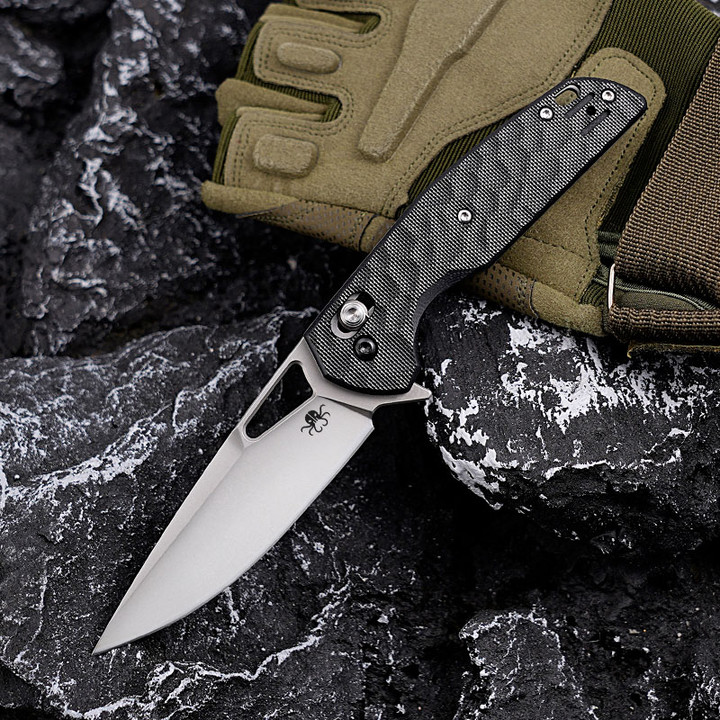
11. Choosing the Right Emergency Knife
Choosing the right emergency knife is crucial, as the wrong choice could lead to ineffective use in critical situations. There are several factors to consider when selecting an emergency knife, such as the type of emergency you are preparing for, the knife's functionality, and how it fits into your daily carry kit or emergency response gear.
One of the most important aspects to consider is the blade length. A knife with a blade that is too short may lack the cutting power necessary for some tasks, while a blade that is too long may be bulky and harder to handle in confined spaces. The material of the blade is also a critical consideration—stainless steel and carbon steel are two popular options, each with its own pros and cons.
Handle design is another crucial factor in choosing an emergency knife. The handle must be ergonomic and offer a firm, non-slip grip. Materials like rubberized handles or textured plastic are often preferred for emergency knives, as they reduce the chance of slippage during use.
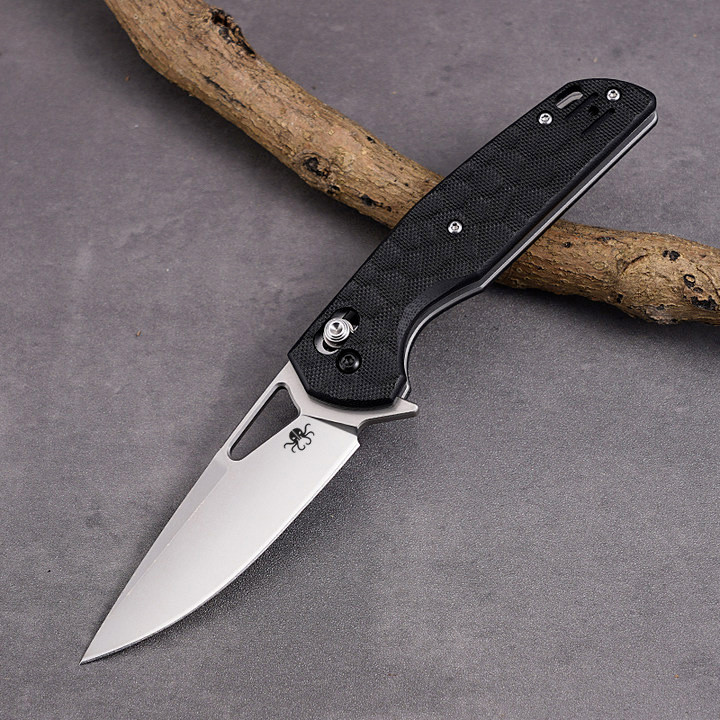
12. Training and Usage Tips
Having an emergency knife is only half the battle; knowing how to use it effectively in high-pressure situations is equally important. Many knives come with user manuals or guides that explain how to properly handle the tool in different scenarios. It’s also important to practice using the knife regularly so that you are familiar with its functions when needed.
Training in knife safety and usage can be critical, especially if the knife includes additional tools such as a seatbelt cutter or glass breaker. These knives are most effective when they are used correctly, so investing time in understanding their functionality can make a huge difference in an emergency situation.
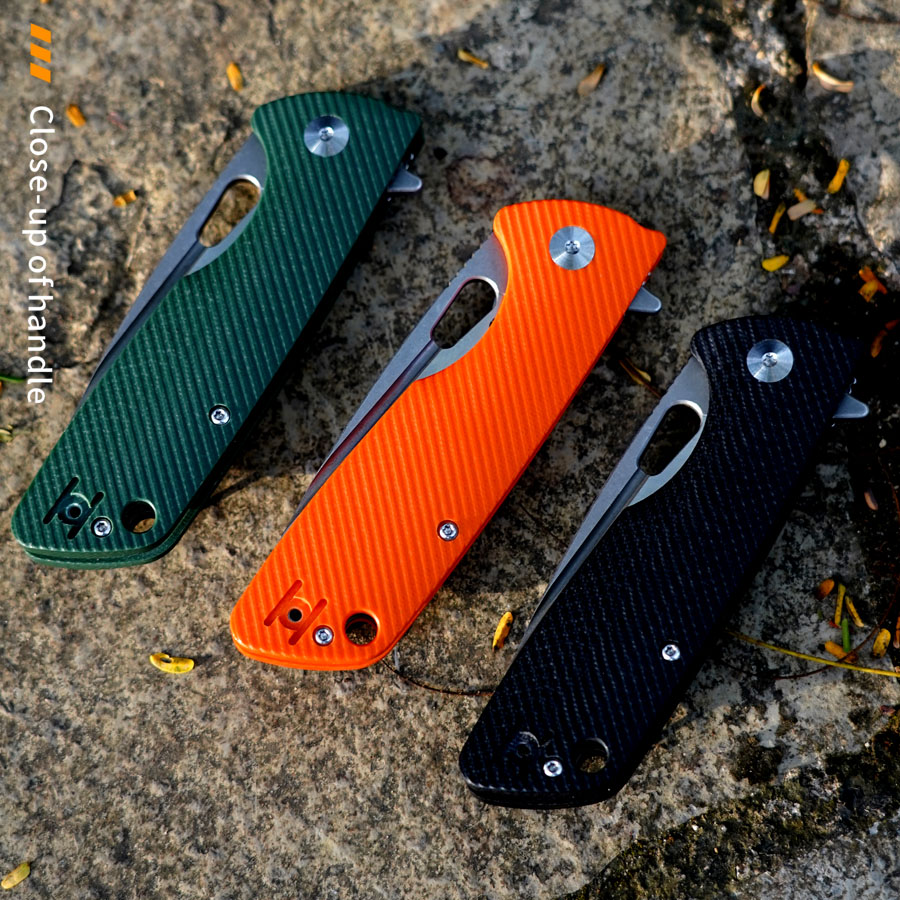
13. Maintenance and Care for Emergency Knives
Proper maintenance of an emergency knife ensures that it remains functional when it is needed most. Regular cleaning, sharpening, and inspection of the knife’s components can prevent failure during an emergency. Always store your knife in a dry, accessible place, and ensure that it is easy to retrieve quickly.
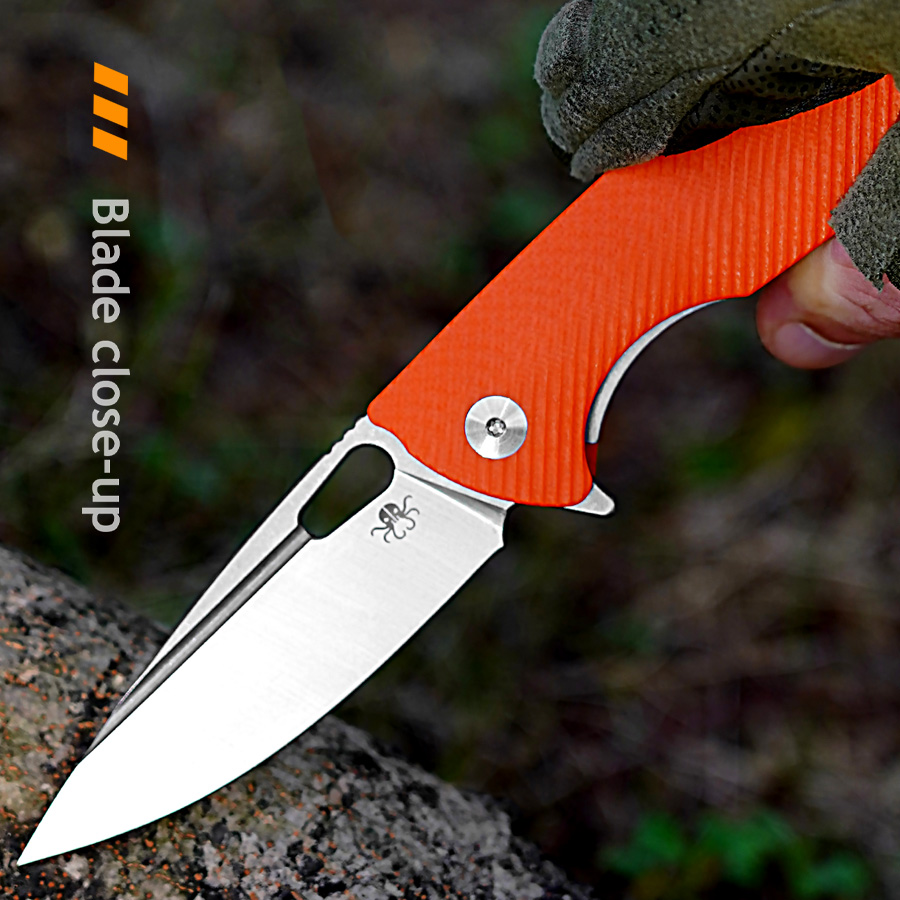
14. Conclusion
Emergency knives are essential tools that can make a significant difference in critical situations. From cutting seatbelts and breaking glass to performing life-saving functions, these knives are engineered to handle the most dangerous and high-pressure moments. Choosing the right emergency knife, understanding its features, and knowing how to use it effectively can ensure that individuals are better prepared for any emergency.
